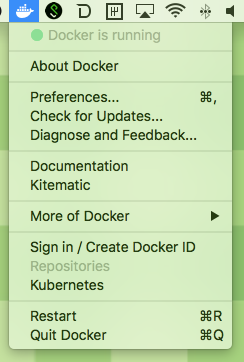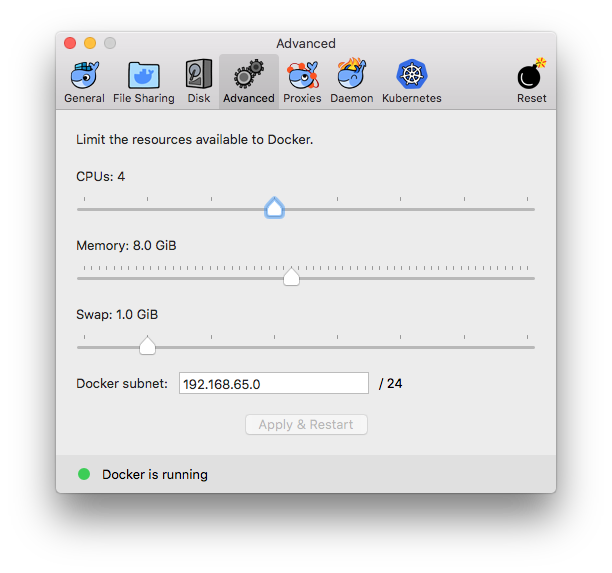In this workshop you will learn how to:
- use a notebook environment
- write simple Apache Spark queries to filter and transform a dataset
- do very simple outlier detection
The example dataset we will use is the Amazon Electronics reviews dataset:
Ups and downs: Modeling the visual evolution of fashion trends with one-class collaborative filtering
R. He, J. McAuley
WWW, 2016 [http://jmcauley.ucsd.edu/data/amazon/]
To make things smoother and avoid installation woes, I created a Docker container that will have all we need for this workshop pre-installed and separate from your system.
Please follow the instructions below to start up the container:
-
If you don't have a Docker ID account yet, go to Docker Hub and create an account.
-
Install Docker. On Mac OS X, you can download Docker for Mac for an easy-to-install desktop app.
-
Open Docker and enter your Docker Hub credentials.
-
Click on the Docker app icon and select "Preferences...". Under "Advanced", increase the memory available to containers to 8.0 GB.
- Clone this repository using
git clone:
$ git clone https://github.com/stefano-meschiari/spark_workshop.git
- Open a terminal, navigate to the
spark_workshopdirectory, and run:
$ sh run.sh
from a terminal to download a JSON dataset and start the Docker container.
-
You should be able to navigate to
http://0.0.0.0:8889with your browser and see a Jupyter notebook instance. The password isspark. -
You can exit the Docker session using
Ctrl+C.
If step 6 fails with error unauthorized: incorrect username or password., run
$ docker login
and enter your DockerHub credentials (username and password; username is not your email).

